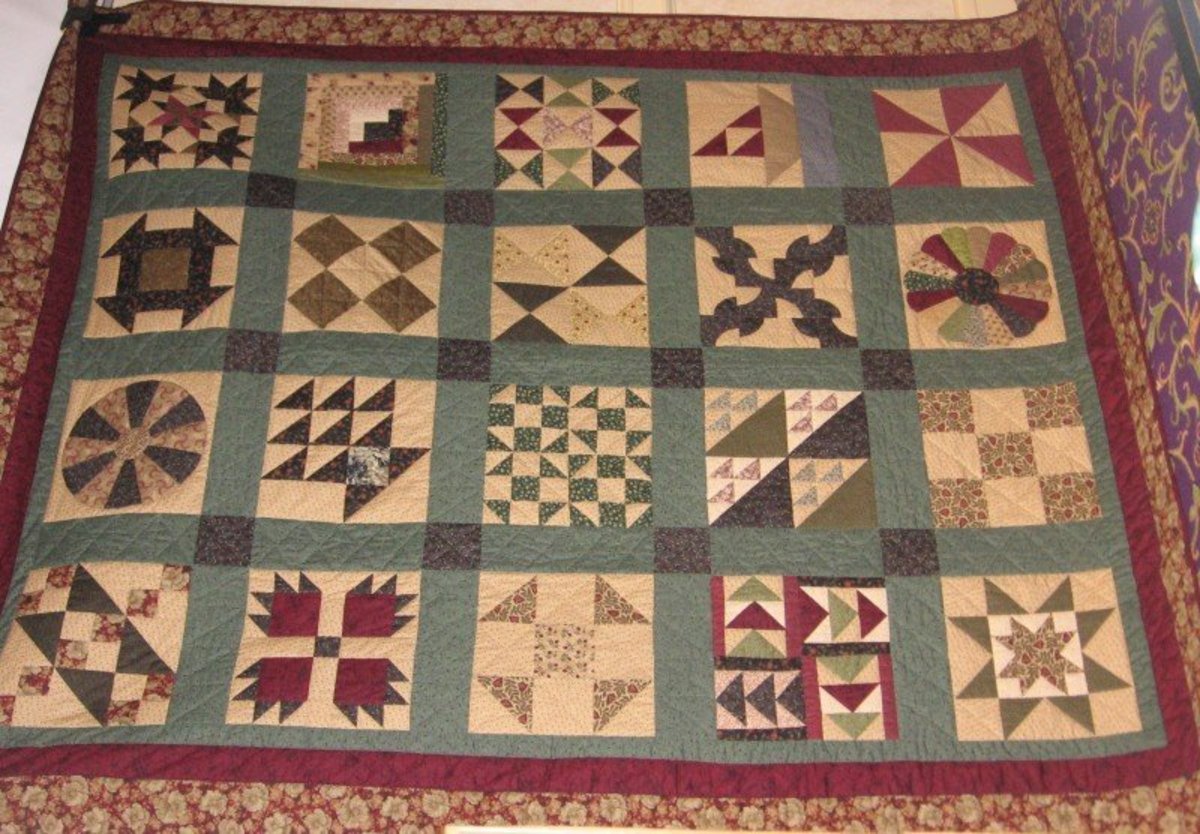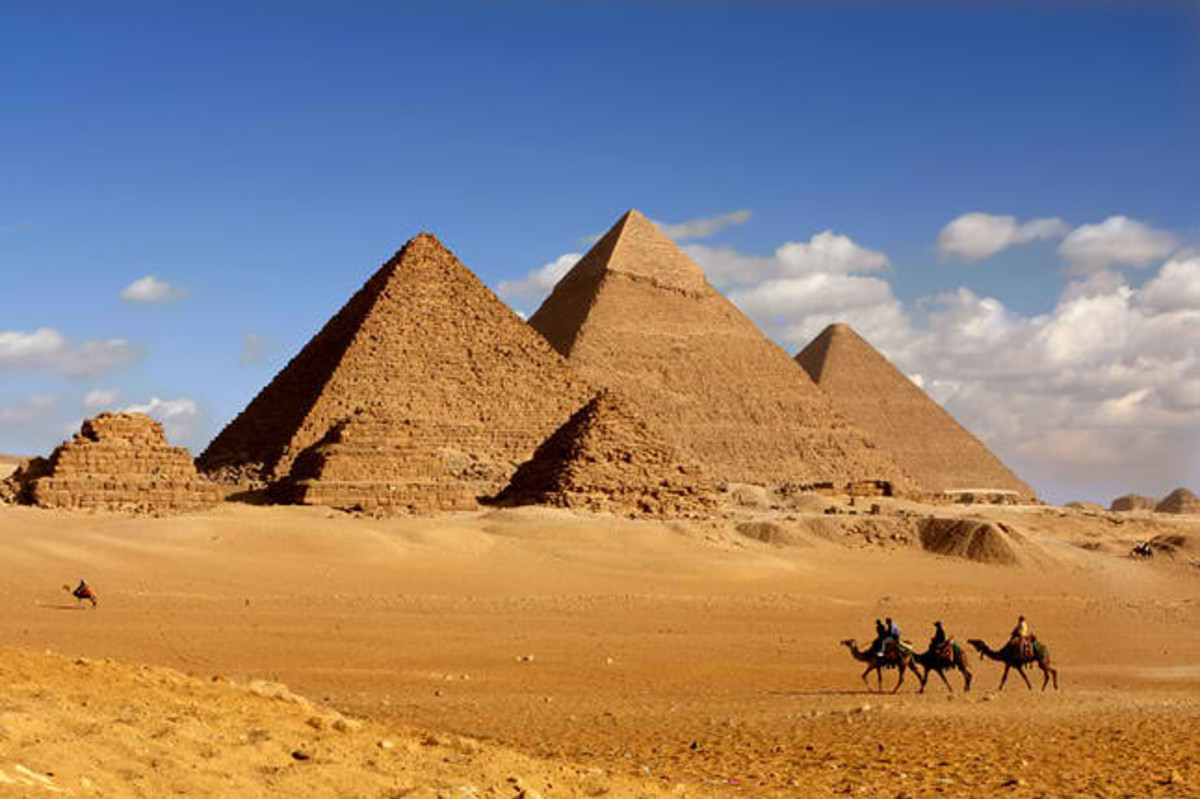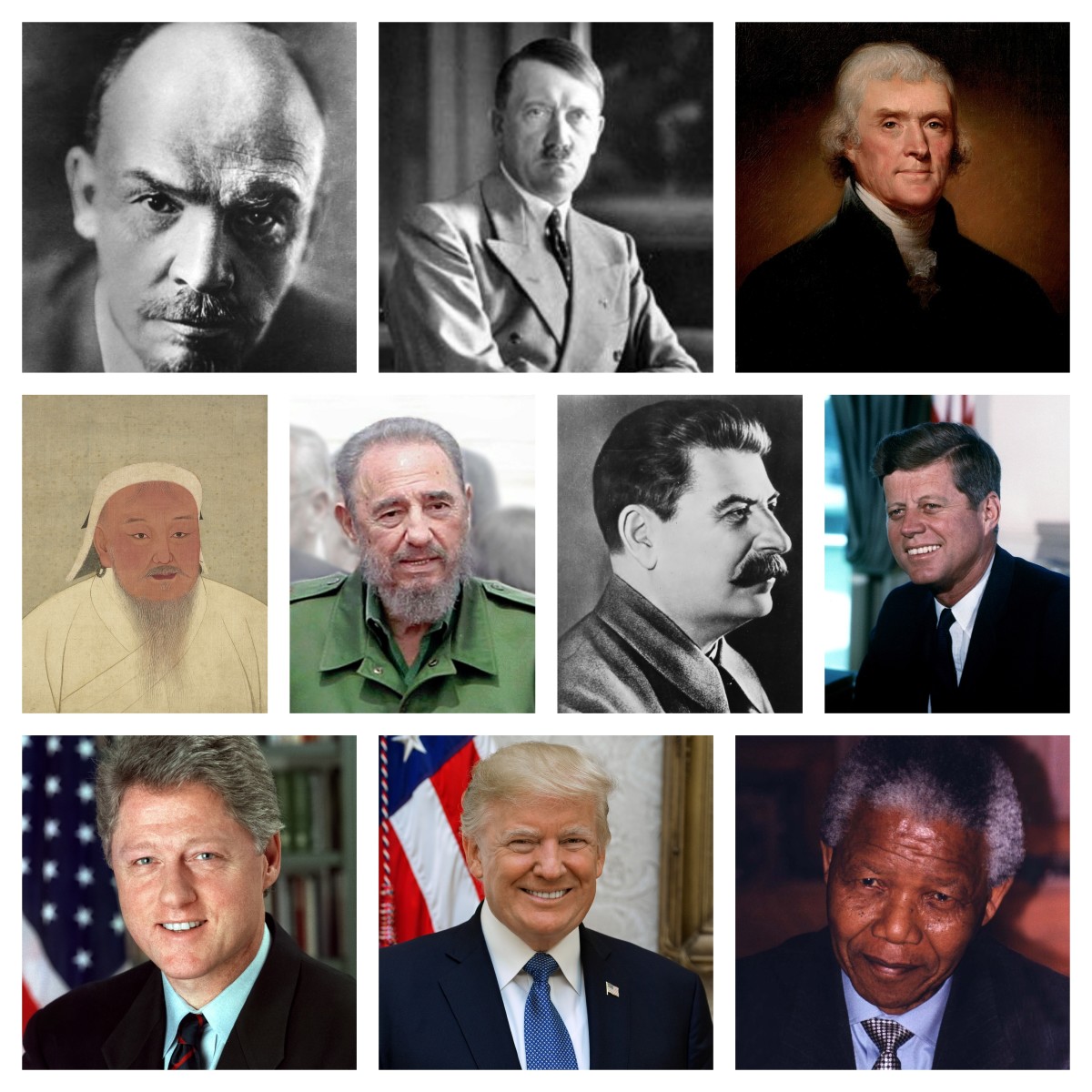Secret Hidden Rooms Over Time
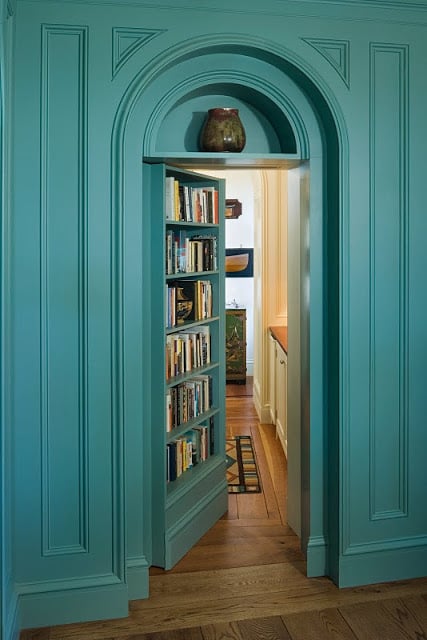
A hidden room is a place of concealment, designed to elude detection, whose entrance is hidden. Secret hidden rooms have served a variety of purposes throughout history. Hidden rooms have been used to hide something, to help people evade capture, for illegal purposes, for religious or political activates.
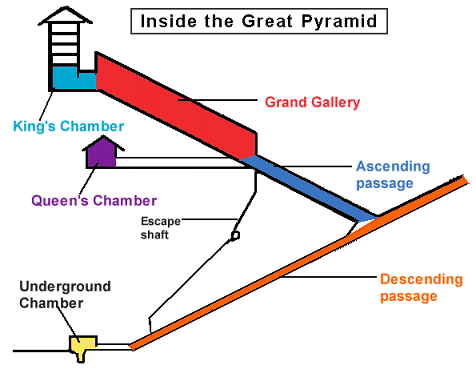
Pyramids of Egypt
The pyramids were built as tombs to house the bodies of Egypt’s pharaohs. The pyramids have hidden entrance doors, false dead-end corridors and passages, hidden corridors, hidden doors that slide aside to reveal a corridor, and hidden burial chambers.
There are two secret chambers in the Great Pyramid of Giza. From the north and south walls of the Queen’s Chamber extend two tunnels that stop at stone doors. Robots with cameras have explored the tunnels. It found a stone door set with pins blocking the tunnel in the south wall. Later a robot drilled a hole in the stone block and filmed a small chamber. A large stone blocked Its view. Another robot with a camera that could see around corners went up the tunnel and sent back pictures of hieroglyphs written in red and lines in the stone. With the progression of technology more will be discovered about the rooms hidden beneath the main chambers in the Pyramid of Giza.
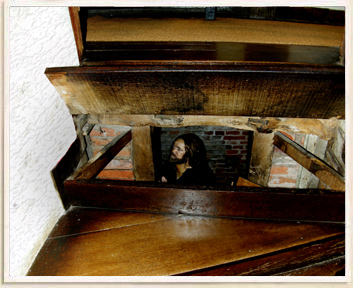
Priest Holes
A priest hole is a secret concealed space designed to hide one or more persons and a few objects. During the reign of Queen Elizabeth I of England, practicing Catholic rites was done at great peril, if discovered they could be severely punished up to life in prison or even death. Government officials roamed the country searching for Catholic priest, the priest would hide in the priest hole until the officials were gone.
Officials would bring along experienced builders to hunt for the priest hole and laborers to tear up homes searching for the priest hole, with searches lasting days. As a result, priest holes were very cunningly concealed. Nicholas Owen was a Jesuit lay brother who used his skills to build priest holes. He designed ingenious priest holes in unexpected places creating cleverly concealed spaces for priest to hide.
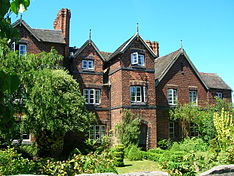
Priest holes were not only used by priest. Charles II of England hid from Cromwell's troops in a priest hole at Moseley Old Hall. It is not unusual for older homes to contain hidden rooms designed to conceal people. Today priest holes and hidden chambers are still found in many historic homes.
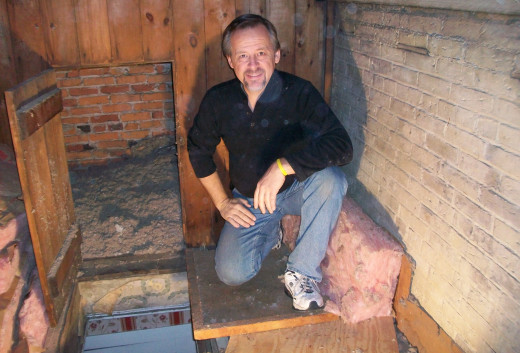
Underground Railroad
The Underground Railroad was a loosely organized system for helping fugitive slaves from the south escape to Canada or to areas of safety in free states. Many black slaves escaping slavery in the southern USA traveled secret routes and hid in secret hiding places in homes that were part of the Underground Railroad.
Many homes in New England, the northern midwest, and south contained secret rooms to hide slaves as they made their way from the south toward free states or Canada and freedom.
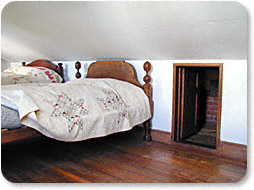
Levi and Catharine Coffin successfully helped hid more than 2,000 escaped slaves throughout the years on their way to freedom. In a home in Indiana the abolitionist Coffin's, who were Quakers, hid slaves on the run sometimes for weeks in a crammed room. Every slave whom Levi Coffin helped gained his freedom.
Speakeasies
The speakeasies of the 1920s and '30s were bars that remained open during the Prohibition era when it was illegal to manufacture, transport or sale alcohol. Speakeasies ranged from rooms in cellars, hidden rooms, to fashionable nightclubs. One of the most famous Speakeasies was the Cotton Club, a jazz music nightclub.
Finding a speakeasy was not difficult as they were extremely popular during the Prohibition era. It is estimated that in New York City there were between 20,000 to 100,000 speakeasies. The real number will never be known. To gain entrance a code word, password, and secret handshake was needed. Often speakeasies were just a hidden room with barely drinkable booze. There were passageways to get alcohol into the speakeasy and for quick exit for patrons during police raids, and hidden underground rooms for storage of illegal liquor.
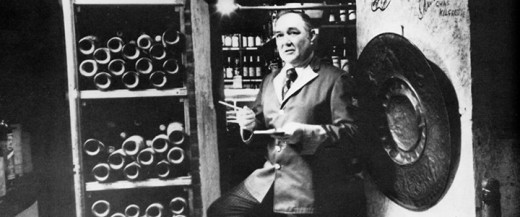
The 21 Club was a flourishing speakeasy in New York City. A secret chamber behind a conceled door in the cellar was used to store liquor. The door was designed to appear to be a solid concrete wall. The door weighed 2 1/2 tons and could be opened by inserting an 18-inch meat skewer through one of many cracks in the cement wall. When the door slid open it revealed a treasure of two thousand cases of wine.
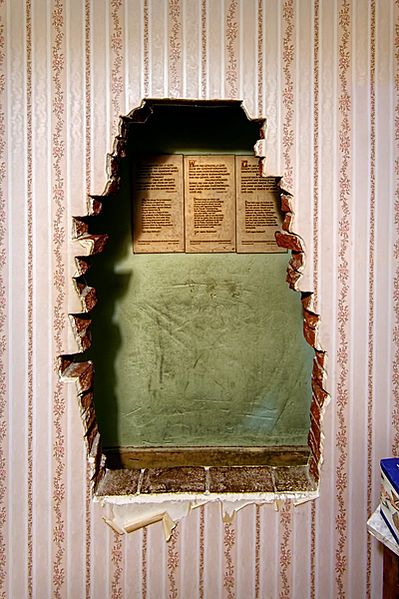
In Hiding
The hidden rooms during World War II saved countless lives. The ten Boom family of the Netherlands took in refugees, some of whom were Jews, others members of the resistance movement that were hunted by the Nazis. Corrie ten Boom, the youngest daughter, was involved in the Dutch underground. An architect built a secret room in her bedroom at the top of the house. It was a room safely hidden behind a false wall. Jewish fugitives hid there until the home was raided in 1944.
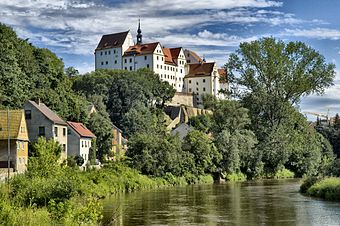
Colditz Castle
Colditz Castle near Leipzig, Germany was a Nazi POW camp for Allied officers and prisoners who posed an escape risk. Two British officers formed a small team of prisoners to plan and build a big escape glider in the castle's church attic.
In the attic they constructed a false wall and ceiling using wooden shutters and mud. In this hidden room they worked on the secret glider. The prisoners were never caught making the glider but in April 1945 just before the date of their planned escape American forces liberated the POW camp.
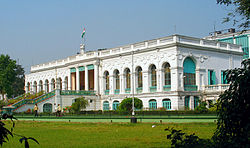
National Library
In 2010, a hidden chamber was discovered in the Indian National Library, housed in the Belvedere House, in Calcutta, India. During restoration of the 250-year old building by the Archaeological Survey of India a mysterious room on the ground floor was discovered. It is about 1000 square feet in size and an entrance to the room cannot be found. The areas that from the ceiling and walls of the enclosure have been search and no way in was found. An arch on one side was found that had been walled up. A wall cannot be broken down because of the age and importance of the building.
Speculations are rife as to what the room was for and what it contains. Wonder what secrets it holds.
Would you like a secret hidden room in your home?
People have built secret hidden rooms over time for practical reasons and survival. Looking back at hidden rooms one learns more about the past. Showing often the ingenuity of people and some very brave people.



